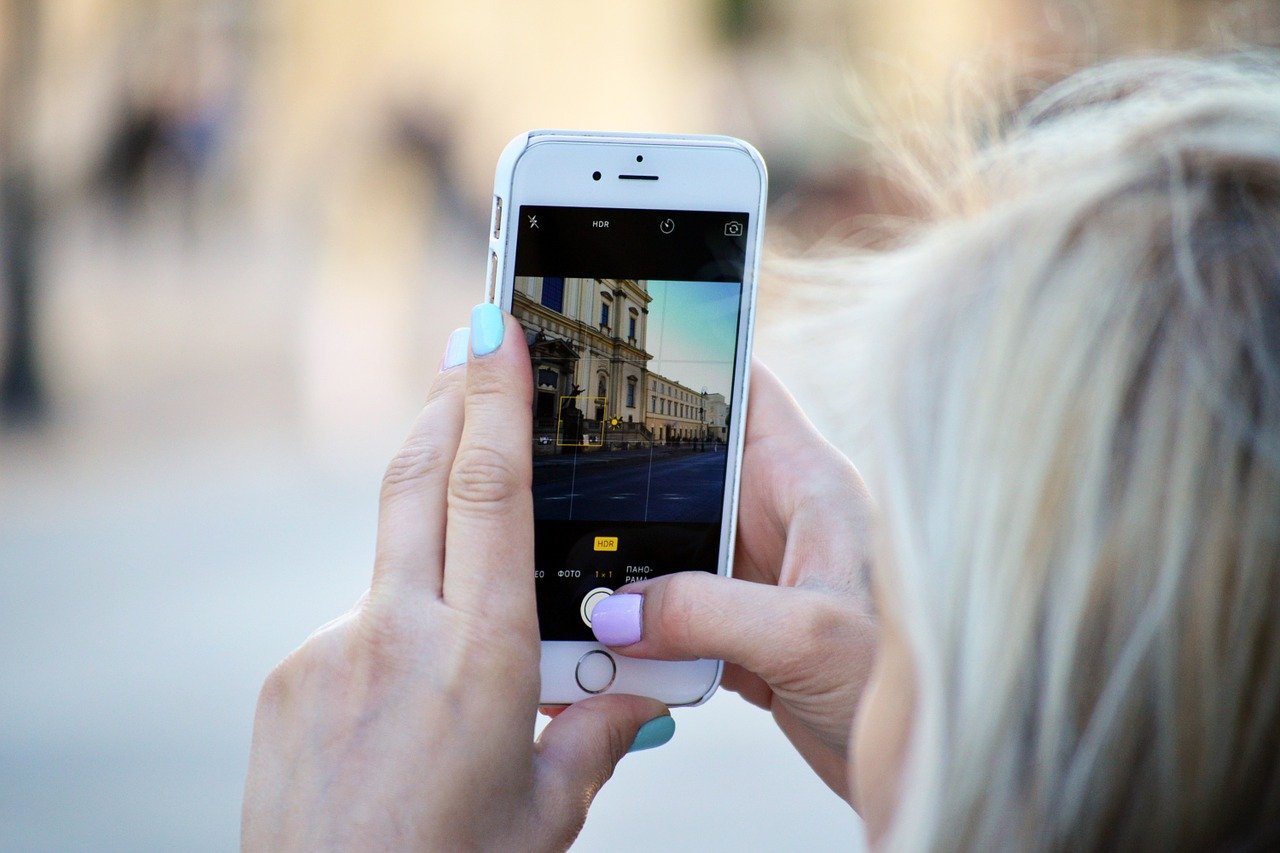Let’s face it. The pandemic has changed the world. More specifically, the way the world travels. Planning a vacation or even a business trip has become more stressful with worldwide travel bans, constantly changing safety precautions and the scare of a fast-spreading virus.
But the truth is, after many months of being stuck indoors, people have an increased itch to explore new places.
7 Ways Travel Businesses Can Make the Most of Social Media
According to the Traveler Value Index by Expedia, three in four travelers are most interested in taking frequent, short trips in 2022. The need for quick getaways to spend time with loved ones or explore new places are on the rise
More than 54% of travelers intend on spending more on trips than they did before the pandemic to ensure safety and security.
Sure, the pandemic has changed the way people want to travel, but this is an opportunity for your business to adapt and cater to a new market.
And social media can come to your rescue. With the power of social media, you can
- Improve brand awareness and increase leads
- Increase inbound traffic and improve SEO
- Get social proof and manage reputation
- Build relationships and strengthen trust
- Meet customer expectations
But how? Here are a few ways how social media can help you revamp the marketing strategy for your business.
Let’s explore.
1. Keep Your Content Calendar Flexible
Plan a flexible posting calendar with a mix of seasonal posts and evergreen content. While it might be tempting to schedule multiple posts in advance and forget about them, you need to make room for the latest trends and news updates to stay current.
For Instagram, you can use third-party Instagram tools available in the market that visualize your entire month’s posting calendar and plan accordingly. These tools can aid you in scheduling, performance analysis, and much more. 2. Encourage Your Customers to Post Content
Convincing your audience is a lot easier when recommendations come from real people. An Instagramable location, backdrop, or even a beautiful plate of food is enough to encourage your guests to whip out their phones and share a photograph.
Ensure your guests have access to WiFi and know your social media tags. You can also encourage your audience to use your brand hashtag and tag you while sharing memorable moments from a recent trip.
Hawaii Tourism authority launched a low-budget campaign promoting their #LetHawaiiHappen hashtag. On Instagram, the hashtag has over 533,000 posts featuring beautiful visuals of Hawaii.

You can use this crowd-sourced content to garner attention to your brand. Make sure of social media listening and curating tools to help you automate sharing content from around the internet. Here is a list of content curation tools that you might find handy.
2. Offer a Flexible and Adaptable Experience
Travel plans are becoming more and more unpredictable thanks to the constantly changing travel restrictions. Your offers should also reflect this. Why not consider waiving off cancellation fees or offering flexible booking?
Introducing loyalty programs will also encourage your guests to return for another visit. Consider investing in remarketing ads that target your website visitors. According to a Think with Google study, 10% of leisure travelers book with the first hotel brand that came to mind during their research.
Expedia uses Facebook ads to nudge users to complete their bookings. These ads target users who checked out prices on their website but did not book a hotel. The ad subtly promotes the hotel the user was looking at.

3. If They Can’t Visit, Take the Experience to Them
The latest trend on social media is Virtual Reality and Augmented Reality. Take advantage of 360° videos, live streaming, and panorama shots to truly immerse your audience into a virtual experience.
“Social media provides endless possibilities for travel businesses to showcase their unique experiences through impactful visuals.” – Founder of Vidico
In March 2020, Norwegian Cruise Lines encouraged guests to join a virtual staycation from the safety of their homes. The high-quality videos transported guests to popular cruise destinations like Alaska and the Caribbean.
The cruise line also broadcast their on-cruise activities like cooking classes, cultural performances, wine tasting, and even curated vacation playlists.
4. Go ‘Glocal’ by Promoting Local Gems
Why not switch your social media marketing strategy to target locals? With the pandemic forcing people to work from home, shorter vacations and weekend getaways are becoming increasingly popular. Shift your conversation from exotic travel destinations to discovering local gems.
Vrbo created this video on TikTok to show local destinations in the US that travelers can check out instead of traveling to Europe. The video caters to the different interests of travelers while promoting local and more accessible locations.
5. Collaborate with Micro-Influencers
According to Morning Consult, 49% of Gen Z adults and 50% of millennials follow at least one travel influencer on social media. 38% of adults are looking on social media to plan their summer trips with 54% of them being millennials.
Collaborating with micro-influencers is a great option for brands with budget constraints. Take the example of Airbnb – when they noticed a decrease in travelers and hosts at the start of the pandemic, they collaborated with multiple influencers to throw light on their safety and sanitation regulation. Within a year, they had over 3000 sponsored mentions helping them increase their reach, brand awareness, and follower count.

Instead of limiting your options with just travel influencers, explore influencers from the food, photography, or even lifestyle industry. Check out this video by Renaissance Hotels in collaboration with photographer Murad Osmann.
6. Look for Partnerships
Why limit your collaborations with just influencers? Reach out to travel agencies, magazines, websites, and more for campaign collaboration. When you team up with big brands, you are essentially expanding your reach to their audience.
Alaska Airlines and Starbucks collaboration is an excellent example of boosting customer engagement. The free Starbucks gift card is a great way to improve the customer experience. 5,000 lucky flyers got to enjoy this gift. And you can bet they were posting about it on their social media.

Airbnb is constantly featuring its best properties in collaboration with the hosts. The beautiful images of the properties along with an irresistible deal are enough to pique the interest of their audience.
7. Explore a New Platform
What are your marketing goals? Are you looking to drive more visits to your website, increase brand awareness, or boost engagement? This will determine which social media platforms you need to be active on.
Every social media platform caters to a specific niche. Therefore, your goals and focus should be unique for each social media platform. For example, you could focus on generating leads from Facebook ads, website visits from Pinterest, brand awareness from TikTok, etc.
Take a look at the example of Trip Hacks DC. They started posting 1 video every day on TikTok in December 2020. Since then, they have gained almost 740,000 video views, over 3,500 new followers, and 92,300 likes. Here is one of their best-performing videos with over 320,000 views.
Pinterest is another underutilized platform, especially for the travel and hospitality industry. According to Pinterest’s latest data, travel searches were increased by 19% in 2021. The data suggests that travelers are now searching for destinations based on experiences and goals rather than specific places. And 72% of people are using Pinterest to plan their travel.
United Airlines is actively using Pinterest to boost their drive flight bookings. With different campaigns to target their users and non-users on Pinterest, they share information on their increasing flight schedules, new routes, deals, and more. Currently, their monthly views on Pinterest are over 10 million.
Conclusion
While the world was forced indoors after the pandemic, social media swooped in to save the day. It has become the primary communication channel for all brands, big and small. Many brands that were not paying much attention to their social media presence have been forced to relook at their marketing strategy. Go revamp yours with the tips shared above.
Hi! I am George and I am the Content Lead for Stasher.com. I love travel, writing, making music and meeting new and interesting people.

